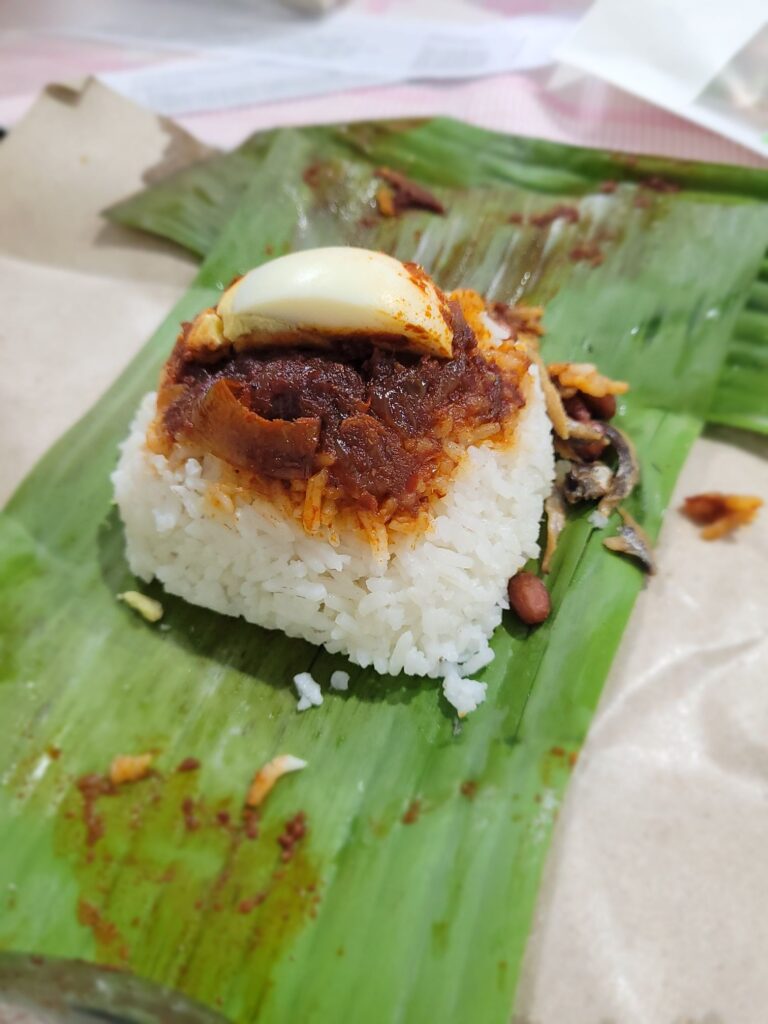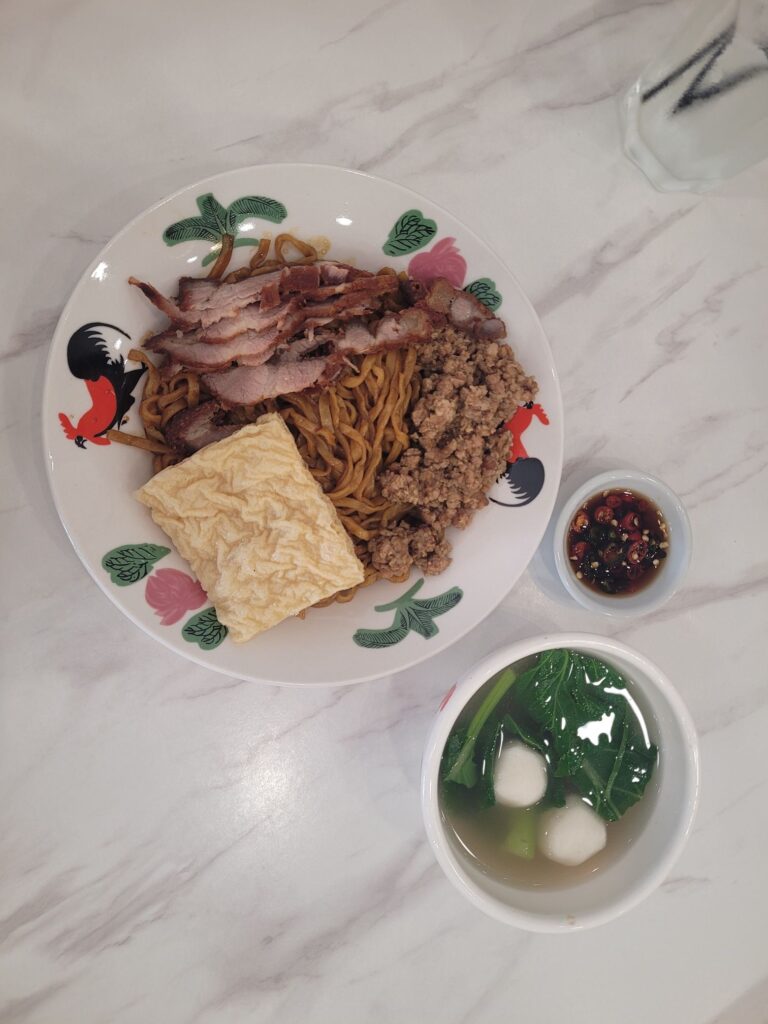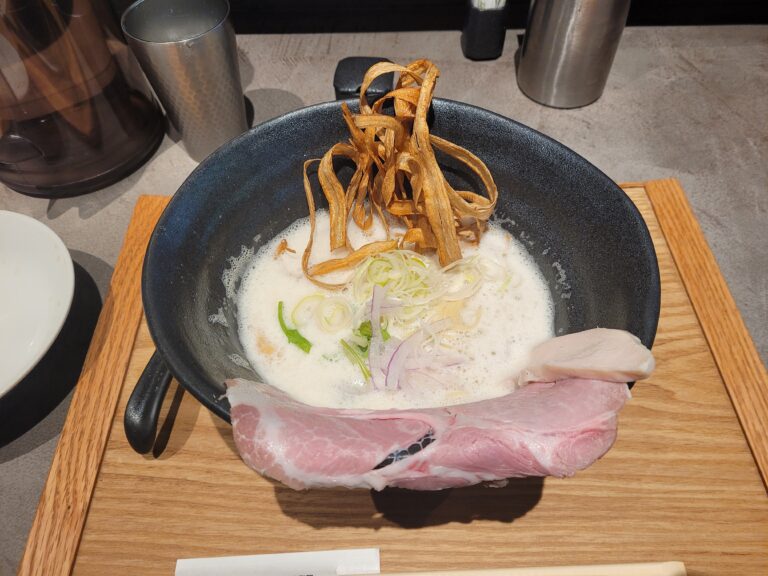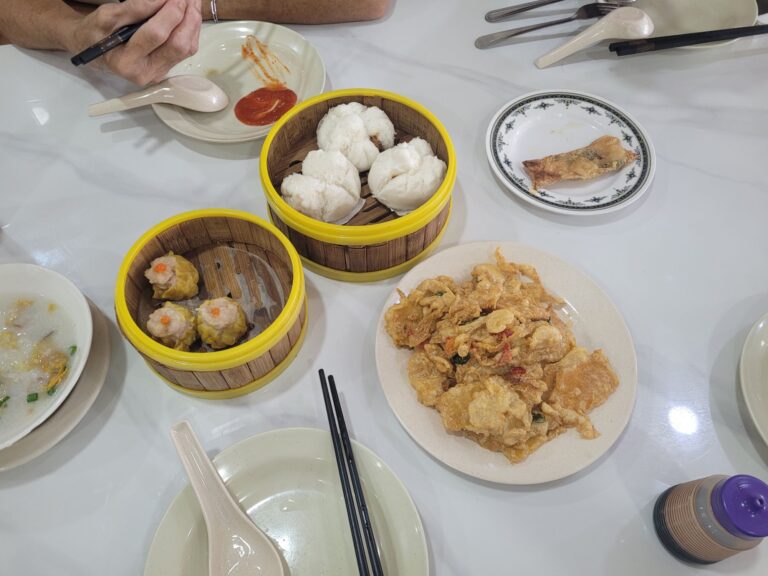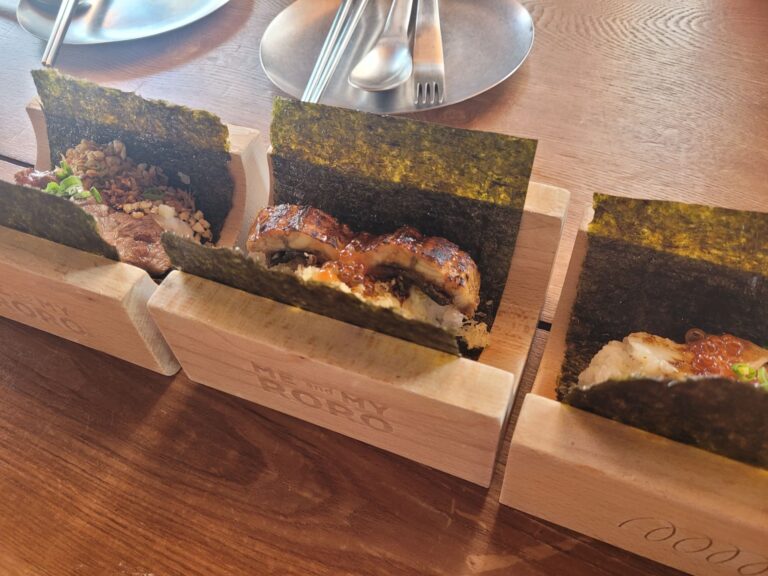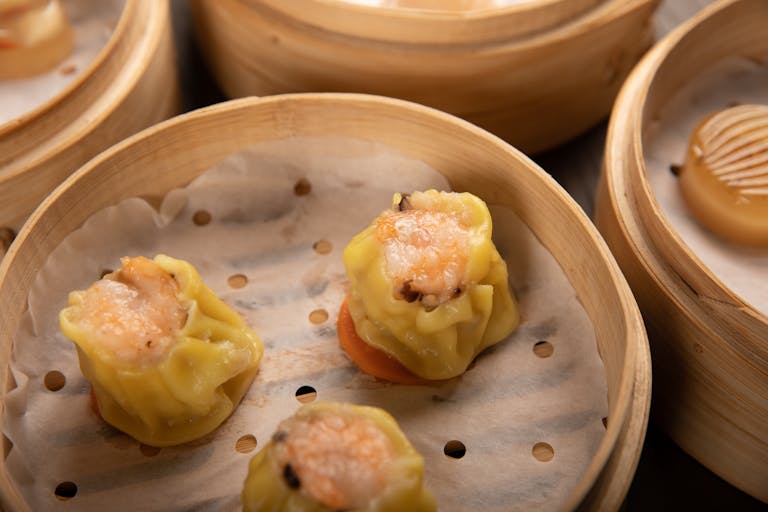🍜 Intro: Why Food Matters in Travel
A Travel Guide to Food: The first time I tasted street-side pho in Hanoi, I realized I wasn’t just eating noodles; I was consuming history and culture. That single bowl opened my eyes. Food is far more than sustenance when you travel. It’s a vibrant, universal language.
This food culture guide will help you understand that language. Food is a direct gateway to local culture, history, and identity. Every bite tells a story, from ancient spice routes to cherished family recipes.
You’ll want to learn about the components of the food, what to look out for, what makes it good rather than just moving the food from the plate/bowl into your mouth, chewing and swallowing. It is one of the most bang for your buck experiences when travelling.
Here, you’ll learn how to find, order, eat, and appreciate local cuisine anywhere. We’ll show you how to eat like a local, turning sightseeing into immersive cultural experiences, gaining a deeper appreciation into the world of food.
🤝 The Role of Food in Cultural Immersion
Embarking on a culinary journey is profoundly rewarding. It engages all senses, allowing food to guide you to deeper cultural understanding. For travelers, this means embracing the stories on your plate.
Why Eating Local Food Transforms Your Travel Experience
- Deeper Understanding: Local dishes are often born from necessity, ingenuity, and the immediate environment. They allow you to connect to tradition and support local economies
- Sensory Memories: The taste of Thai mango, the smell of Colombian coffee – these create powerful and lasting travel memories that define your travels.
- Authentic Connections: Sharing a table with locals, be it a street stall or a family eatery, fosters genuine connections.

How Food Reflects History, Religion & Geography
Cuisine is a living tapestry of a region’s past and present.
- Historical Footprints:
- The spice trade introduced ingredients like pepper and cloves, reshaping global cuisines.
- Colonial histories birthed fusion dishes (e.g., Vietnamese Banh Mi).
- Religious Influence:
- Dietary laws (halal in Indonesia, kosher in Israel, vegetarianism in India) shape menus.
- Festivals often feature symbolic foods, offering a taste of spiritual life.
- Geographical Bounty:
- Local ingredients dictate diets (seafood in coastal areas, hearty preserved foods in mountains).
- Example: Rice is a staple in Southeast Asia, while maize tortillas are central to Mexican cuisine. Tuscany’s farm-to-table ethos highlights seasonal produce.
🥡 Finding & Choosing Street Food vs. Sit-Down Restaurants
Deciding where to eat is often a problem when travelling due to the myriad of options available – I would say a good problem to have. Both street food and sit-down restaurants offer unique insights into local food culture for travelers. My preference is usually a mix of both (for my tastebuds and my wallet)
The Allure (and Risks) of Street Food
Street food culture is often vibrant, fast, and delicious.
- Pros:
- Affordability: Usually the cheapest way to fill your stomach.
- Authenticity: Hyper-local specialties (e.g., Thai boat noodles, Mexican elote).
- Convenience: Quick bites on the go. Walk and eat and enjoy the bustling atmosphere.
- The Spectacle: Watching vendors cook is part of the fun, engaging yourself in the smells and sounds.
- Cons:
- Hygiene: A valid concern; choose vendors wisely. Some bad luck can lead to hours on the toilet, ruining your trip.
- Language Barriers: Ordering can be tricky.
- Unpredictability: Stalls can move or run out of food or have inconsistent hours.
How to Spot a Safe Stall
- Look for Crowds (Locals!): High turnover means fresher food, and that locals trust the vendor.
- Observe Cleanliness: Does the vendor handle money and food with the same hands? Are surfaces wiped down?
- Watch the Cooking: Is food cooked thoroughly and to order?
- Fresh Ingredients: Do the raw ingredients look and smell fresh?
Navigating Sit-Down Dining: From Casual to Fine Dining
Sit-down spots offer a different pace and often broader menus.
- Casual Local Eateries:
- The heart of local dining: Bali warungs, Japanese izakayas, , or the cocina of a casa particular in Cuba
- They offer authentic traditional meals when traveling at fair prices.
- Mid-Range & Fine Dining:
- When to Splurge: For special occasions or renowned specialties (e.g., Peking duck in Beijing, haute cuisine in Paris). This will often become a core memory of your trip. Take it as a full experience rather than just another meal. (Moreover it will likely be cheaper and more authentic for something similar you can get in your home country)
- Research is Key: Look for authentic local cuisine, not just tourist traps.
- Cultural Note on Tipping:
- Customs vary wildly. It’s essential in the USA, often included in Europe, and can be impolite in Japan. Research local norms.
🗺️ Regional Must-Try Dishes
Discovering iconic local dishes is a travel highlight. Here’s a mini world tour to help you eat like a local.
Southeast Asia – Vietnamese Pho, Pad Thai, Nasi Lemak, Laksa
South Asia – Dal, Biryani, Kheer
East Asia – Sushi, Ramen (check out my guide), Hot Pot, Kimchi
Middle East & North Africa – Tagine, Falafel, Shakshuka
Europe – Paella, Goulash, Croissants
Latin America – Cerviche, Tacos, Empanadas
🥢 Dining Etiquette Around the World
Understanding food etiquette abroad shows respect and enhances immersion in the local culture. Don’t assume that what you are doing is polite.
Table Manners & Tipping Norms
- General Tip: Observe locals when unsure. In many cultures, it’s polite to wait until the host or eldest person starts eating.
- Examples by Region:
- Japan: Slurping noodles is polite. Never stick chopsticks upright in rice (resembles incense for the dead during a funeral). Tipping is not customary.
- France: Keep hands visible (wrists on table). Meals are slower affairs. Bread often on tablecloth.
- India & Middle East: Use only your right hand for eating, especially from communal dishes. The left hand is traditionally considered unclean.
- China: Host usually toasts first. Lifting rice bowl to mouth is fine. Leaving a little food can show generosity by the host.
Restaurant Customs & Special Occasions
- Sharing vs. Individual:
- Communal: Common in Middle East (mezze), Ethiopia (injera), China (family-style).
- Individual: Typical in many Western cultures.
- Communal Bowls/Plates: Use serving spoons if provided (for hygiene). In Ethiopia, use injera to scoop food.
- Leftovers & Finishing Plate:
- Taking Leftovers: Common in the US; less so in parts of Europe.
- Empty Plate: Shows appreciation for the food in Japan; leaving a bit can mean generosity by the hot in China.
Conversational & Cultural Cues
- Toasting: “Cheers!” (English), “Prost!” (Germany), “Salud!” (Spain), “Kanpai!” (Japan). Make eye contact.
- Utensil Placement: Parallel on plate (4 o’clock) often means finished in West. Crossed means still eating.
- Asking About Spice: “Is this spicy?” (English), “¿Es picante?” (Spanish), “Mai phet” (Thai for “not spicy”). Be specific.
💡 Practical Tips: Ordering, Paying & Navigating Language Barriers
Navigating unfamiliar menus and customs can be tricky. Here’s some help from me.
Ordering When You Don’t Speak the Language
- Tech Savvy: Use translation apps (Google Translate camera) and download offline languages for help translating the menu.
- Low-Tech Wins: Carry phrasebooks/cheat sheets (see Resources). Pointing and miming work!
- Learn Basics: “Please,” “Thank you,” “Delicious” in the local language go far. This often brings a smile on someone’s face for their hard work.
Watch out for a dedicated post on the above in my Language Learning section.

Handling Unfamiliar Foods & Allergies
- Unfamiliar Foods: I would say step out of your comfort zone and try something new! You may or may not enjoy it but at least you knew you tried.
- Avoid exoticizing: Don’t reduce foods to shock value. Focus on context, not just novelty.
- Mind dietary and ethical lines: Respect your own values, but don’t impose them on others.
- Allergy Cards: Carry a clearly written card in the local language explaining allergies/restrictions.
- Trust Your Gut: If a stall looks unhygienic or food smells off, move on. Your health is key. Don’t be worried about offending anyone.
Paying the Bill
- Cash vs. Card: Cash is king in many parts of Asia, Latin America, and smaller European towns. Cards are common in North America, Western Europe. Japan is surprisingly cash-reliant despite their technological advances.
- Splitting Bills: Varies. Common in US/Canada. In Spain, often split evenly. In Italy/France, one person may pay. Ask before ordering if you need separate bills.
- Getting the Bill: In some places it comes automatically; in others (many European countries), you must ask.
🧘 Mindful Eating: Savoring Every Bite
Beyond practicalities, how you approach your meal can significantly deepen your travel experience. Mindful eating is about fully engaging with your food, enhancing not just your enjoyment, but also your connection.
What is Mindful Eating (While Traveling)?
- It’s about paying full attention to the food you’re eating – its smells, textures, flavors, and how it makes you feel, without judgment or distraction.
- It means slowing down, observing, and truly experiencing the meal, rather than just consuming it to quiet hunger.
Why Practice Mindful Eating on Your Travels?
- Enhanced Appreciation: You’ll notice nuances in flavor, preparation, and presentation that you might otherwise miss. This deepens your appreciation for the culinary artistry. You may even be able to recall the taste longer after you have left the table.
- Cultural Immersion: By being present, you’re more attuned to the communal aspects of dining, the sounds of the kitchen, and the rhythm of local life around you.
- Reduced Overeating: You’re more likely to recognize when you’re satisfied, which is helpful when confronted with tempting new dishes.
How to Practice It:
- Minimize Distractions: Put away your phone. Resist the urge to plan your next activity. Just be with your food.
- Engage All Senses: Before you even take a bite, look at the colors, notice the steam, take a deep breath to savor the aroma.
- Slow Down: Chew slowly. Notice the different textures and tastes as you chew. Put your fork down between bites.
- Notice How You Feel: Pay attention to sensations of hunger and fullness. Are you truly enjoying this?
- Reflect on the Journey: Consider where the ingredients came from, the hands that prepared it, and the history it represents. This connects you more deeply to the local food culture.
Mindful eating isn’t just a trend; it’s a profound way to elevate your culinary adventures, turning every meal into a meditation on the unique beauty of a culture, and helps you with travelling immersively.
🧑🍳 Cooking Classes, Food Tours & Market Visits
Dive deeper by getting hands-on, and bring some skills back home to impress the rest of your friends and family. Look around in local markets to see what is different from home and how your food arrives on the table. Join some tours – excellent for sampling a variety of dishes and learning from a knowledgeable local guide.
How to Choose a Cooking Class
Cooking classes offer hands-on learning and a deeper appreciation for local ingredients and techniques.
- Look For: Small groups, local chef/family-run, market visit included, hands-on participation, good reviews.
- Price vs. Experience: Prices vary based on duration, location, and what’s included (e.g., market tour, number of dishes, meal afterward, recipe booklet). Expect to pay anywhere from $30 to $100+ USD.
Joining Food Tours & Night Markets
Food tours offer diverse samples and local insights.
- Finding Tours: Check specialized companies, TripAdvisor, Airbnb Experiences, or ask locals. Consider tours focusing on specific themes like street food culture or local desserts.
Street Markets
Local markets are more than just places to buy food; they are vibrant hubs of daily life.
- Reading a Market: Observe the flow. Often, the freshest produce or fish might be found deeper inside the market, away from the main tourist entrances.
- Market Etiquette: Ask before photographing people/stalls. Bargain politely where appropriate. Let vendors select produce or ask for permission.

📝 Personal Reflections & Anecdotes
When I travel, I always put in more effort into savoring my food, taking note of the texture, the taste and the smells, and once in a while after I get home, I can still recall how the food feels like in my mouth.
I think I tend to spend a bit too much time finding the ‘best’ to eat, doing a ton of research online before reaching the country. Is it worth it? I would guess so, I never truly had a disappointing meal when I do that, though I would wish to start having a little deviation from the above approach. It’s not easy to find food only frequented by locals. The ‘better’ places would have built up a reputation for tourists and may suffer a decrease in authenticity/quality and an increase in prices. I guess that is just how the food business works.
I always have this quirk where I would insist on only having local cuisine in the country for the entire duration of the trip, no matter how tired I may be and wish to return to my comfort food of Singapore. That means only Japanese food in Japan, only Spanish food in Spain. It forces me to try new things and explore variety as you will try your best to find something different to eat. I always try to follow a checklist online as to what I should try.
How can I find safe street food stalls?
Look for stalls with high turnover, especially those popular with locals. Observe the vendor’s hygiene practices and ensure food is cooked fresh.
What should I do if I don’t speak the local language when ordering food?
Use translation apps (like Google Translate’s camera feature for menus). Carry a phrasebook or a digital cheat sheet with common food terms. Pointing at dishes or pictures is universally understood.
How do I handle food allergies abroad?
Carry a translation card clearly stating your allergies in the local language. Learn basic phrases related to your allergy.
Are cooking classes worth the expense?
Yes, if you’re seeking an immersive cultural experience and want to learn authentic local cooking techniques. They often include market visits and insights you wouldn’t get otherwise

➡️ Conclusion
Food is undeniably one of the most accessible and enjoyable pathways to cultural connection. From the humblest street snack to an elaborate ceremonial meal, every dish offers a taste of a place’s history, traditions, and heart. By approaching global cuisine with curiosity and respect, you don’t just satisfy your hunger, you nourish your understanding of the world. And always remember to eat mindfully and savor every last bite – You don’t need to be a foodie to travel through food. You just need to be present.
Next Steps:
- Explore our destination-specific food guides (coming soon)
- Try to find a little bit more about the history and how the dish came about and share it as an interesting story at the dinner table on your travels.
- What’s your most memorable street food experience? Share it in the comments below!


